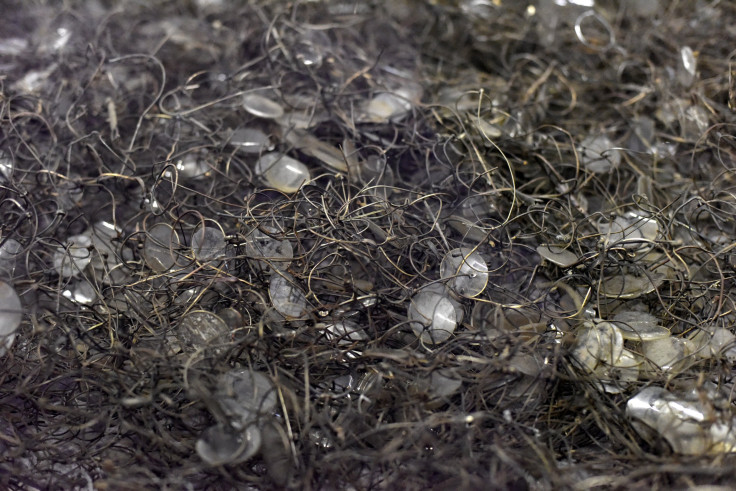Disturbing remnants of Nazi concentration camp startle Poles

Visitors frequenting the area around the infamous Stutthof concentration camp have discovered some disturbing remnants of history. Scraps of hundreds of pairs of shoes and clothing that once belonged to Polish and Jewish prisoners have been found in the forest next to the former Stutthof concentration camp, which now lies in northern Poland.
The remains were spread across hundreds of square yards and were buried to a depth of 1 foot at some places. It included belts, pieces of striped uniforms worn by prisoners and children’s shoes. Around 85,000 people had been killed at the Stutthof concentration camp during the Holocaust.
The camp had a barbaric reputation and was considered the epitome Nazism savagery. It supplied slave labour and was also the site of Nazi experimentation of making soap from human fat of some of its prisoners. It could not be ascertained why the remnants went unnoticed by Polish authorities and the museum for so many decades after the Second World War.
Danuta Drywa, head of archives at the museum, said, “I’ve been working here 30 years and none of the employees have ever heard of these items lying in the forest near the museum,” according to a Telegraph report. “There are items that may have belonged to concentration camp prisoners; to define exactly what kind of shoes they are, how old they are and what country they came from will need specialised testing.”
One version suggests that the forest may have once been a part of the manufacturing facility that used the prisoners, and only a small patch once covered by the Stutthof camp is now occupied by the museum. Drywa also suggested that the shoes may have once been in the garbage dump of the camp. Authorities are also puzzled as to why the shoes were dumped by Nazis. The concentration camps followed a strict rule of stripping the incoming prisoners of their shoes, replacing them with wooden clogs, and passing the good shoes to the German people.
Contact the writer at feedback@ibtimes.com.au, or let us know what you think below





















